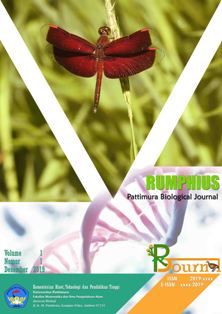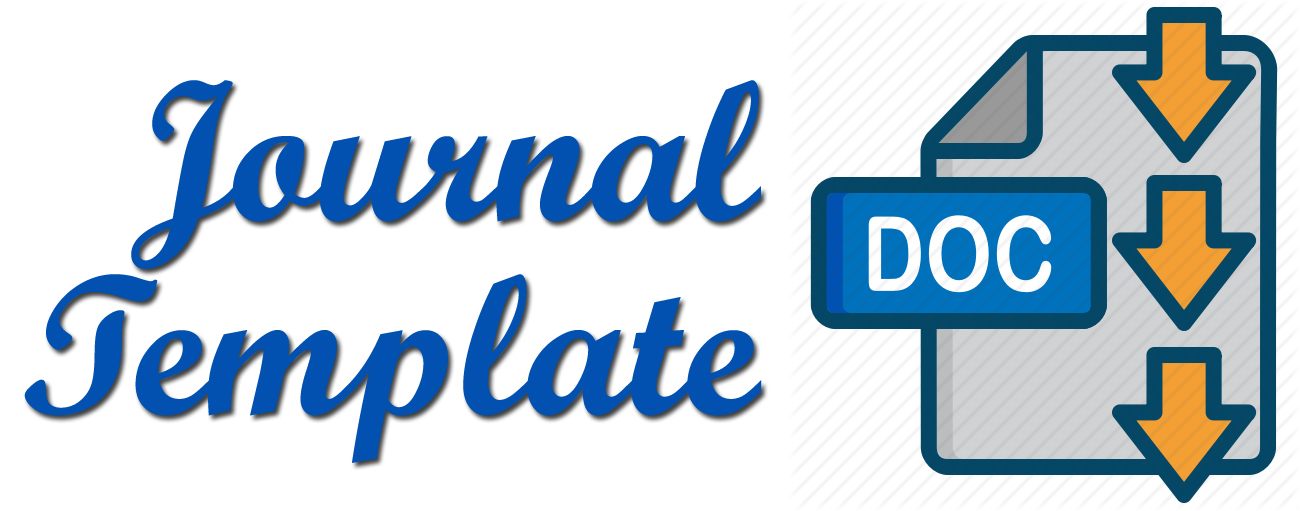UTILIZATION OF ORGANIC WASTE USING TECHNIQUES BIOREACTOR SUBMARINE IN PATI CENTRAL JAVA
Abstract
One of the waste that is often found is organic waste. The existence of this waste needs to be handled so that it does not pollute the environment and has more use value. Through proper processing, organic waste can be used as organic fertilizer and biogas. One of the techniques used for this processing is to use the submarine bioreactor technique. This study aims to explore the processing of organic waste in Ngemplak Kidul Margoyoso Pati Village using the submarine bioreactor technique. This research is a field research with a qualitative approach and then analyzed descriptively. The stages of processing organic waste with the submarine bioreactor technique are enumeration, then the stage of producing decomposers, the stage of producing fertilizer and the stage of producing biogas. The advantage of this submarine bioreactor technique is that if a leak occurs it can be detected and can distribute gas over long distances and is safe in its use. Even though it takes a long time and costs a lot, this bioreactor is proven to be able to produce effective fertilizer and biogas for large quantities of plants. After this research, it is hoped that it will provide an overview of waste processing using the submarine bioreactor technique and can become a reference for village governments or other institutions to implement in their area as a solution for organic waste processing.
Downloads
References
Ida Syamsu Roidah. 2013. The Benefits of Using Organic Fertilizers for Soil Fertility. Univ. Tulungagung Bonorowo. 1(1), 30–42.
T. Nur, A. R. Noor, and M. Elma. 2018. Creating liquid organic fertilizer from household organic waste using em4 (Effective Microorganisms) Bioactivators. Konversi, 5 (2), 1-5.
Mujahidah, Mappiratu, and R. Sikanna. 2013. Study of Biogas Production Technology from Household Wet Waste. J. Nat. Sci. 2 (1), 25–34.
Sunyoto, D. D. Saputro, and Suwahyo. 2016. Organic Waste Processing Using Biogas Reactors in Kendal Regency. Engineering. vol. 14 (1), 29–36.
A. Manzilati. 2017. Qualitative Research Methodology: Paradigms, Methods and Applications. Malang: UB Media.
N. Sabrina, Mayang. 2012. Bioindustry: Bioreactors. Malang: UB Distance Learning.
K. P. Aji and A. N. Bambang. 2019. Conversion of biogas energy into electrical energy as a renewable and environmentally friendly energy alternative in langse village, margorejo district, pati regency. Pros. Sentikuin (Seminar Nas. Technology. Ind. Environment and Infrastructure). 2 (2).
A. Efendi P and N. Putri A. N. 2018. Making Liquid and Solid Organic Fertilizers from By-products of Water Hyacinth Biogas Anaerobic Processes. Ten March Institute of Technology.
S. H. Wibowo and Z. T. K. Sidqi. 2020. Utilization of Biodigester Technology in Making Organic Fertilizer and Biogas. Semarang. Wahid Hasyim Press.
W. Hartatik and D. Setyorini. 2011. Use of Organic Fertilizer to Improve Soil Fertility and Plant Quality," Book, pp. 571–582.
I. Firmansyah, L. Lukman, N. Khaririyatun, and M. P. Yufdy. 2016. Growth and Yield of Shallots with the Application of Organic Fertilizer and Biological Fertilizer on Alluvial Soil," J. Hortik., vol. 25, no. 2, p. 133.
Authors who propose a manuscript and have it approved for publication know that the manuscript will be registered and become part of the RPBJ. Authors and readers understand that this journal is open and all its contents can be accessed freely, provided that RPBJ is still listed as the source of information. The hope is that this journal can become a vehicle for exchange and scientific knowledge for society and the scientific community, especially in the field of Biology and other branches of science.









